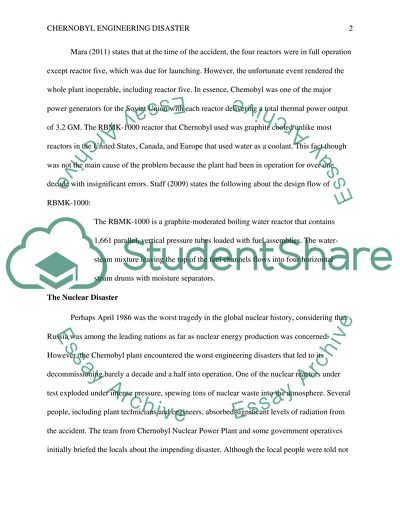Cite this document
(“Engineering Design Flow Contributing To the Chernobyl Nuclear Disaster Essay”, n.d.)
Retrieved from https://studentshare.org/engineering-and-construction/1700996-engineering-design-flow-contributing-to-the-chernobyl-nuclear-disaster
Retrieved from https://studentshare.org/engineering-and-construction/1700996-engineering-design-flow-contributing-to-the-chernobyl-nuclear-disaster
(Engineering Design Flow Contributing To the Chernobyl Nuclear Disaster Essay)
https://studentshare.org/engineering-and-construction/1700996-engineering-design-flow-contributing-to-the-chernobyl-nuclear-disaster.
https://studentshare.org/engineering-and-construction/1700996-engineering-design-flow-contributing-to-the-chernobyl-nuclear-disaster.
“Engineering Design Flow Contributing To the Chernobyl Nuclear Disaster Essay”, n.d. https://studentshare.org/engineering-and-construction/1700996-engineering-design-flow-contributing-to-the-chernobyl-nuclear-disaster.


